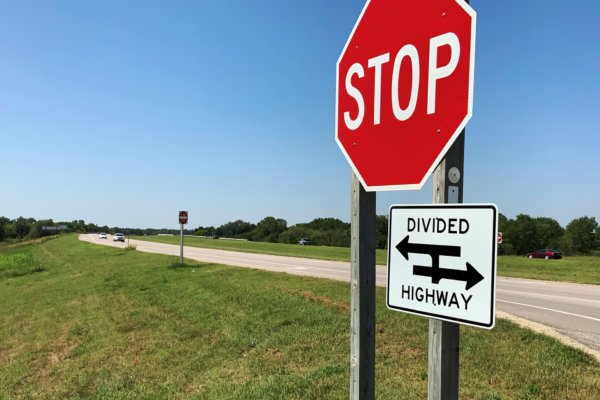Traffic Operations and Microsimulation
Gathering the information to analyze current and future conditions
We use an operational analysis at the beginning of every project to determine characteristics such as level of service, queuing, and signal progression for existing and future conditions. We glean valuable information from our site visits while also familiarizing ourselves with the project and surrounding features. These observations are essential for proper calibration and identification of the operational issues. We also take into account the speed limits and lane configurations, intersection peak-hour turning movements, intersection geometry, crash data, traffic signal system information, land uses, as-built plans, GIS information, and prior studies. For all of our traffic analyses, Garver utilizes a multi-tiered approach that includes Highway Capacity Manual (HCM 2010) methodologies as well as microsimulation. This dual macroscopic/microscopic approach to traffic operations allows us to supplement the shortcomings of either methodology and identify the root of traffic congestion.
Garver has microsimulation traffic modeling expertise ranging from simple intersections to complex freeway systems and we tailor the software selection to the complexity of the project. For most arterial projects, we use SimTraffic software. However, for freeway corridors and complex arterials such as those including roundabouts, VISSIM is our preferred software. Our staff takes great care to produce simulation models that properly reflect observed field conditions.













Share this article